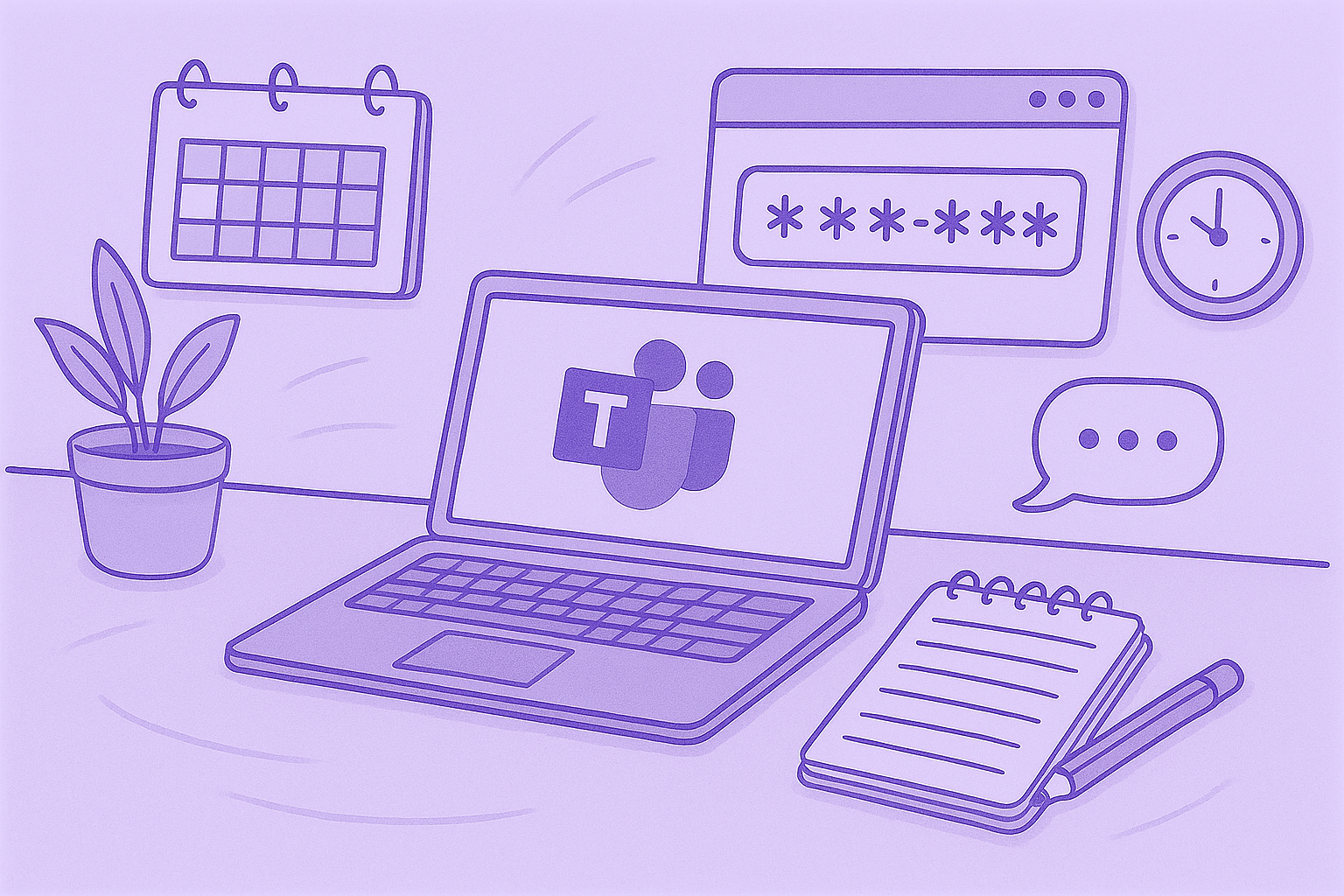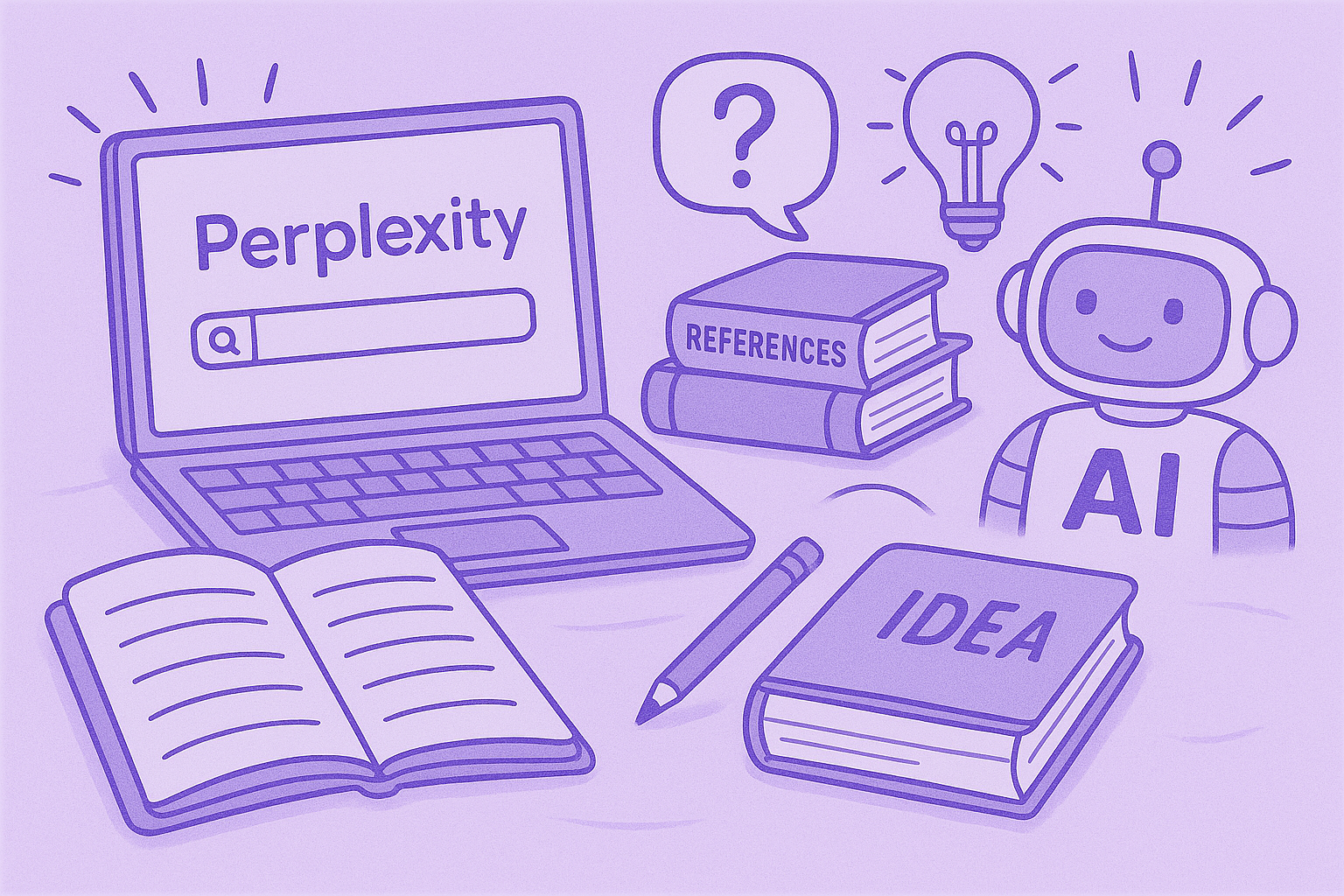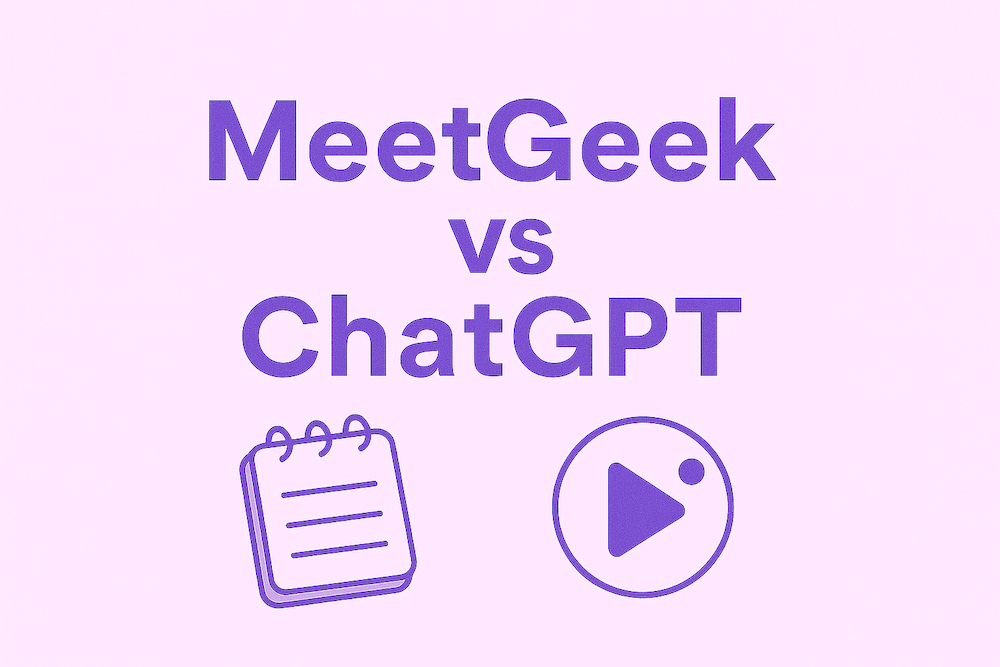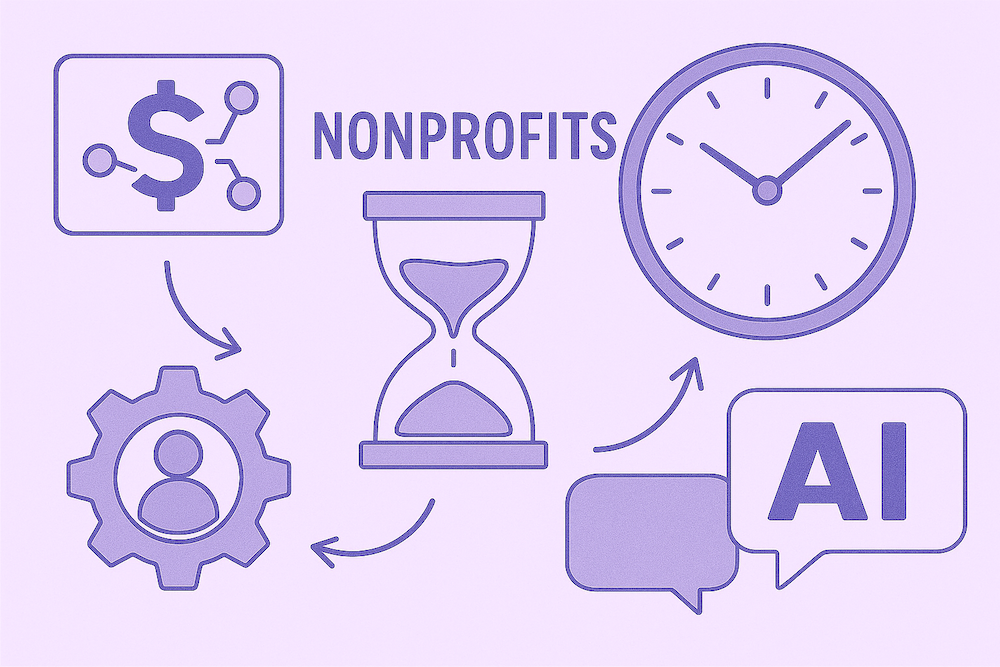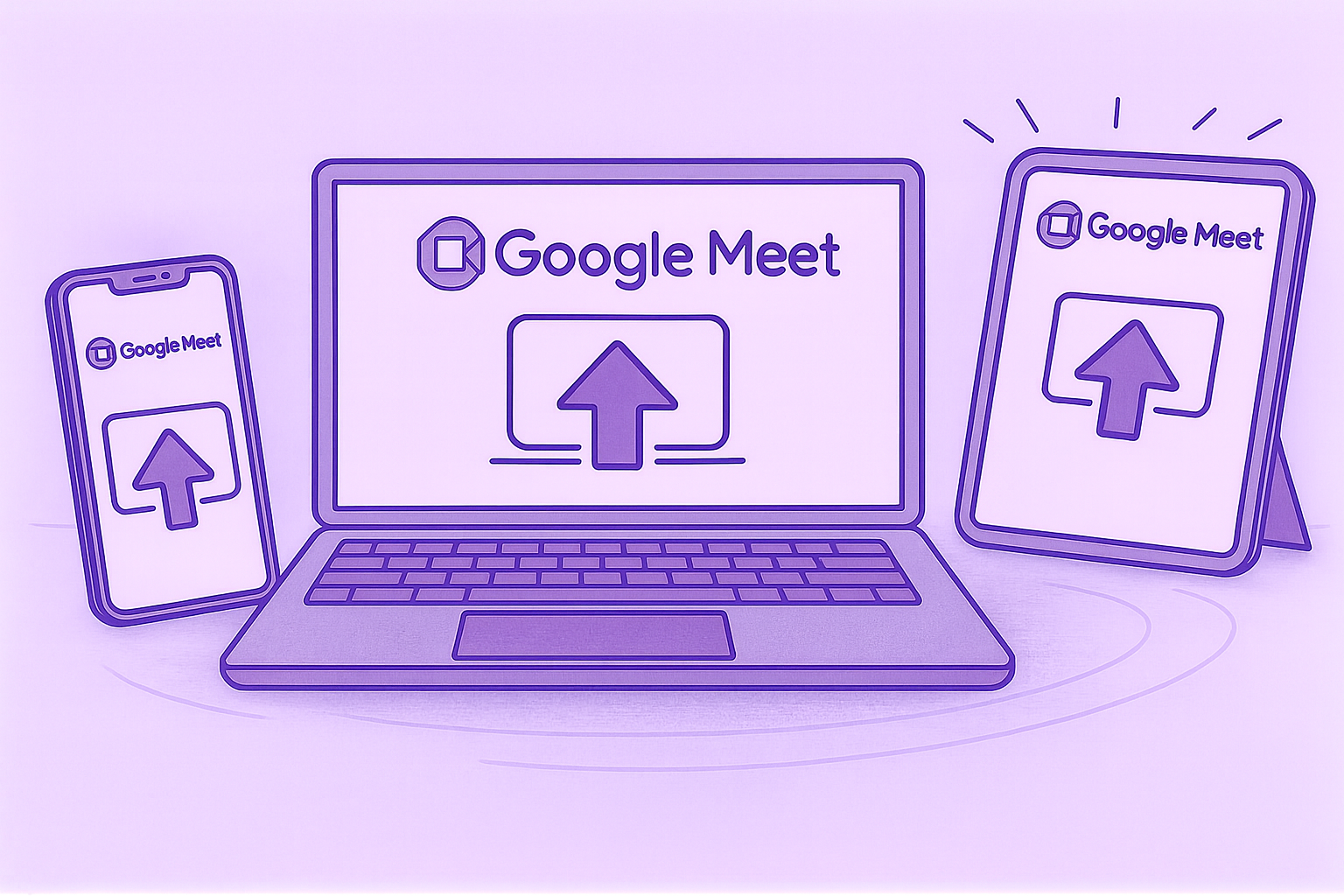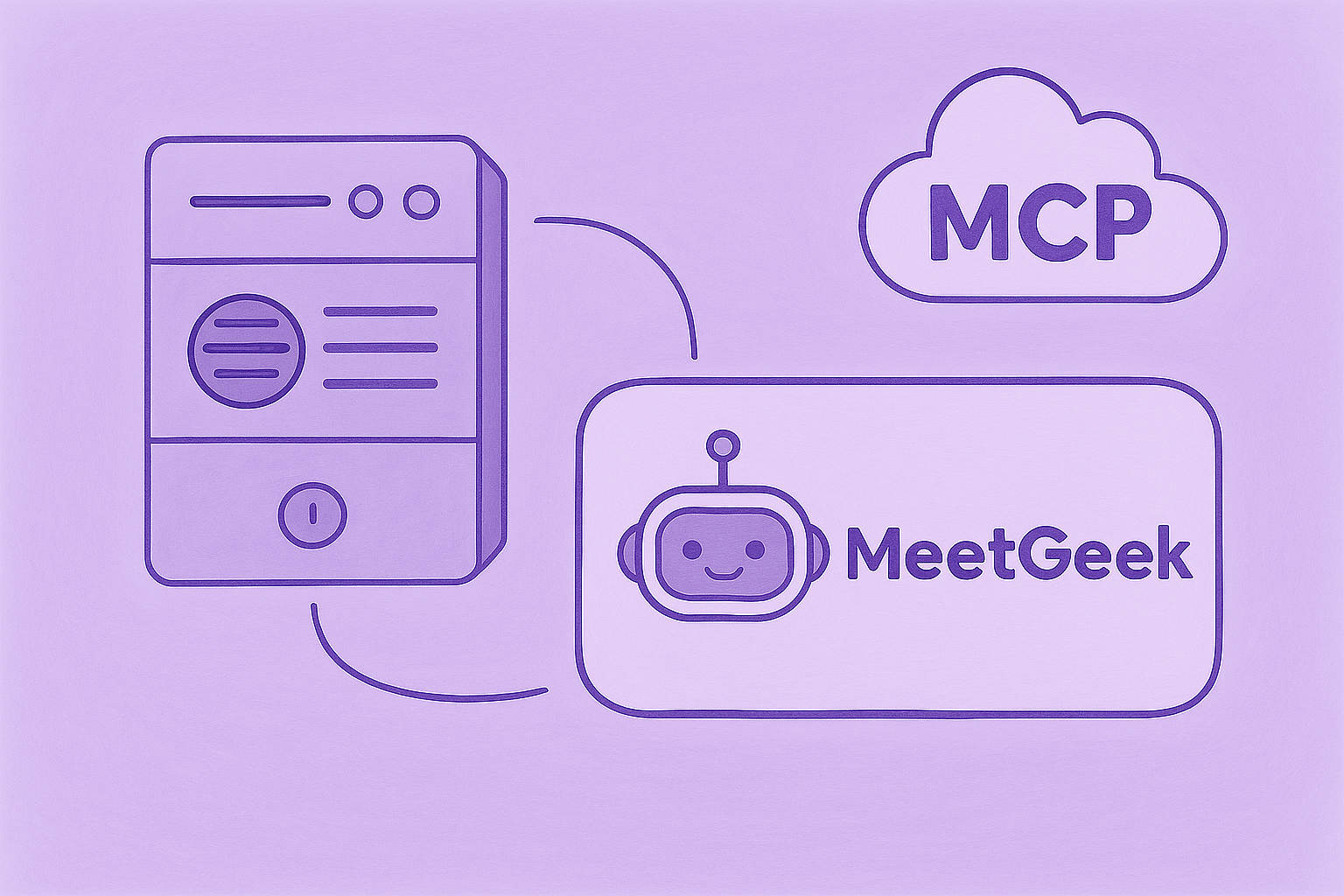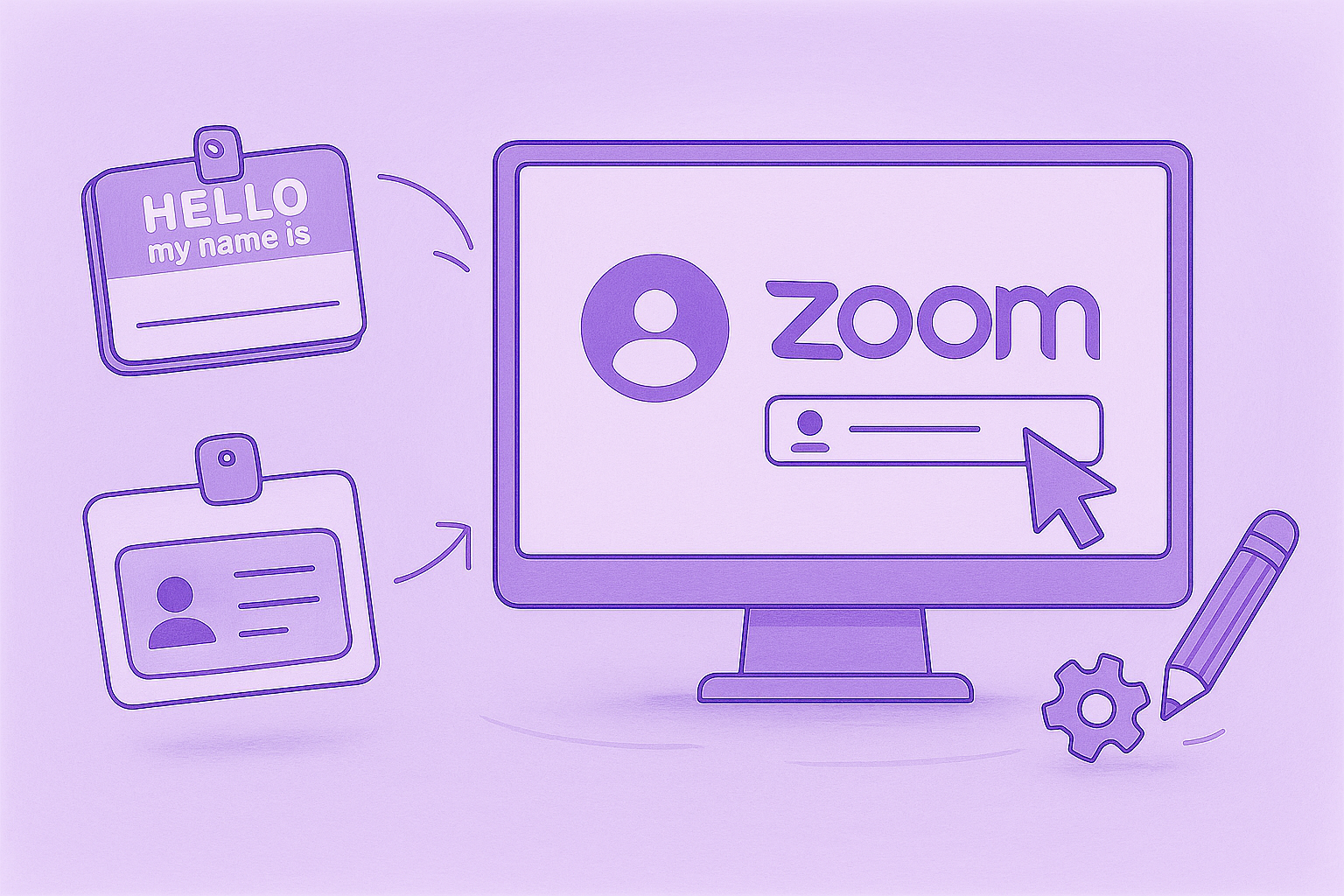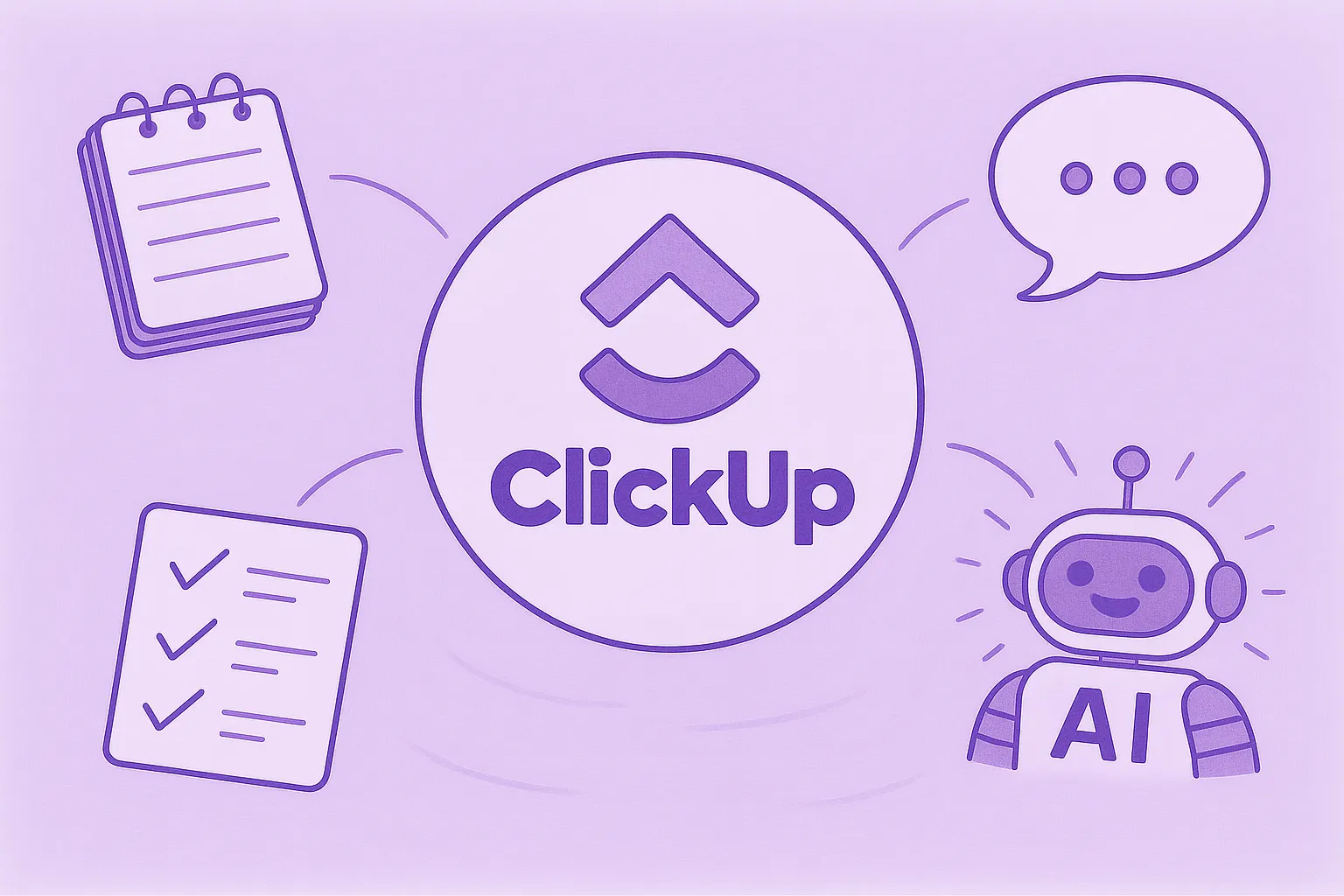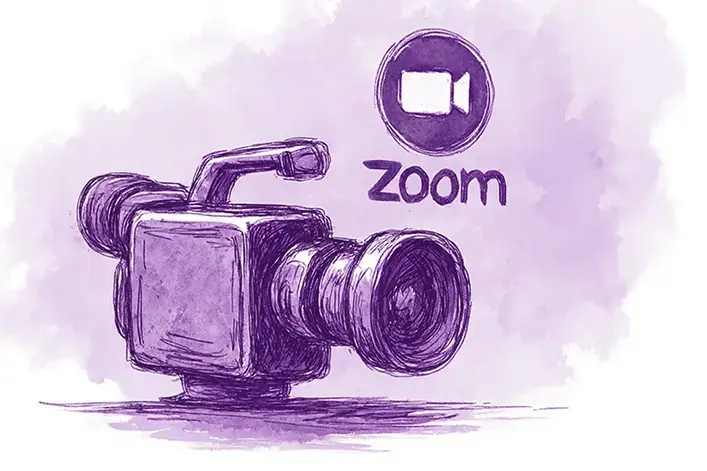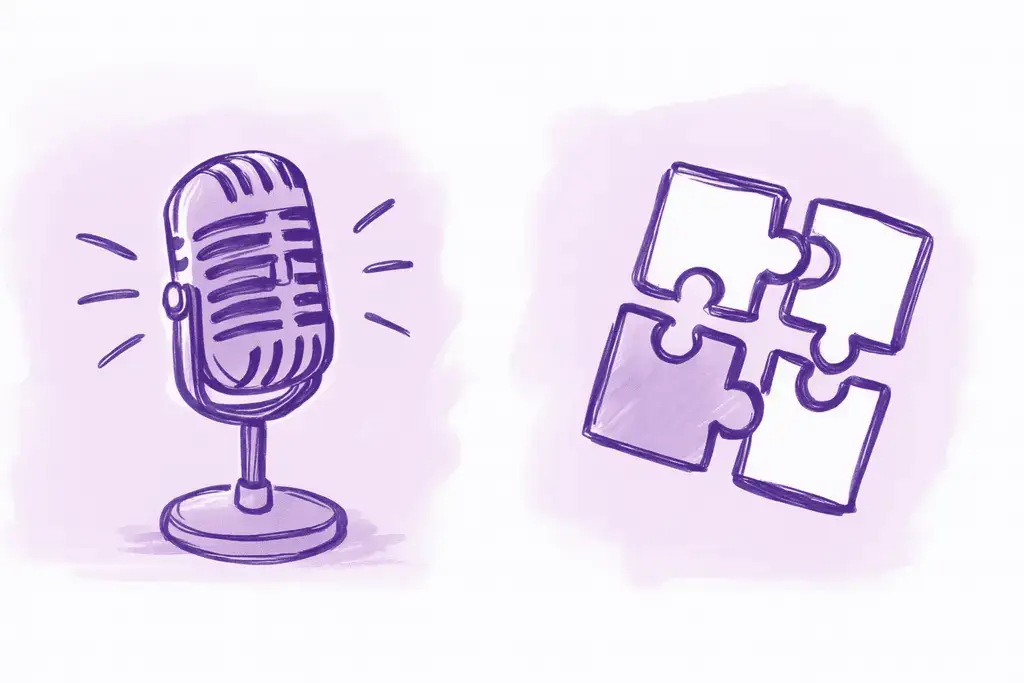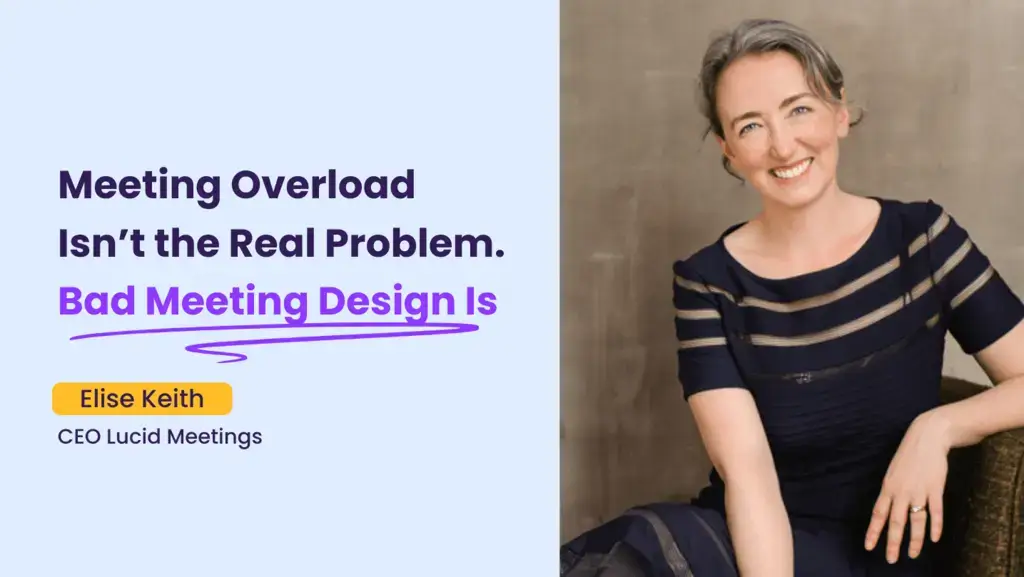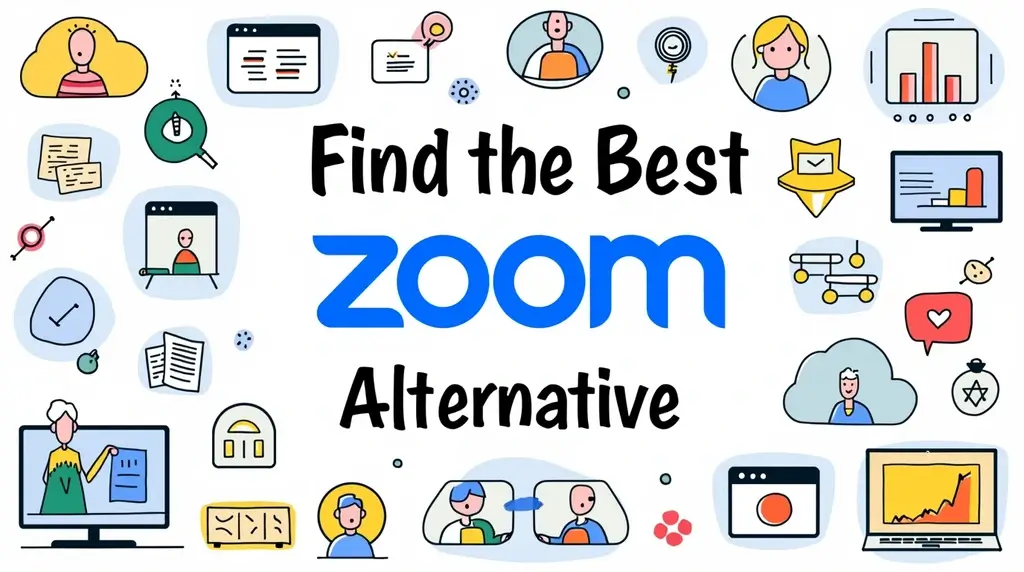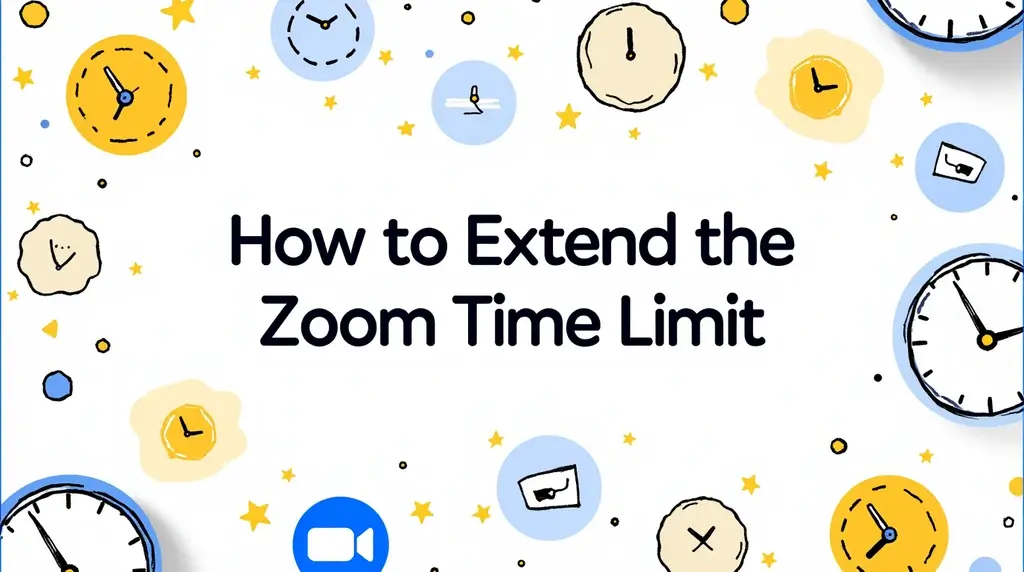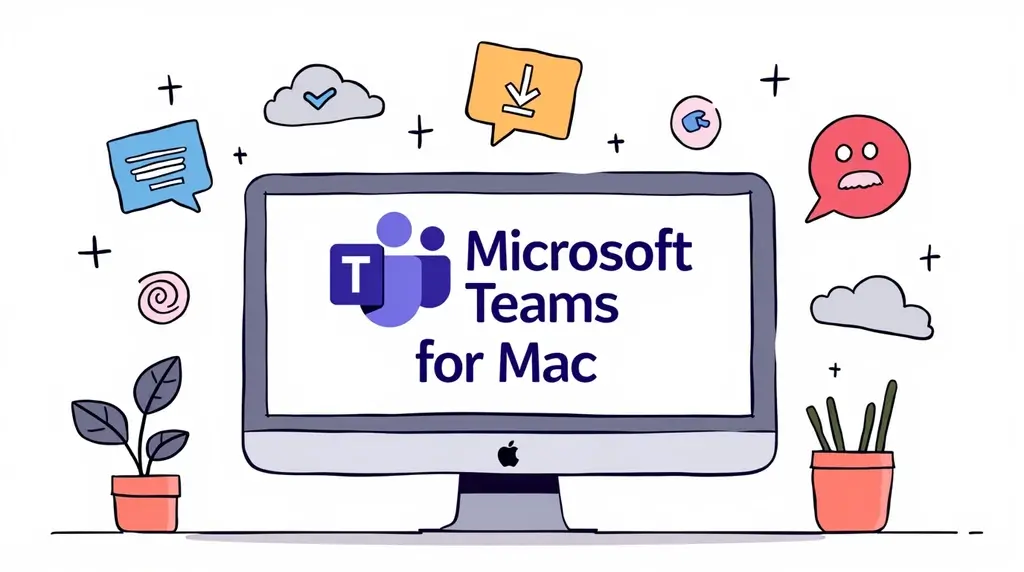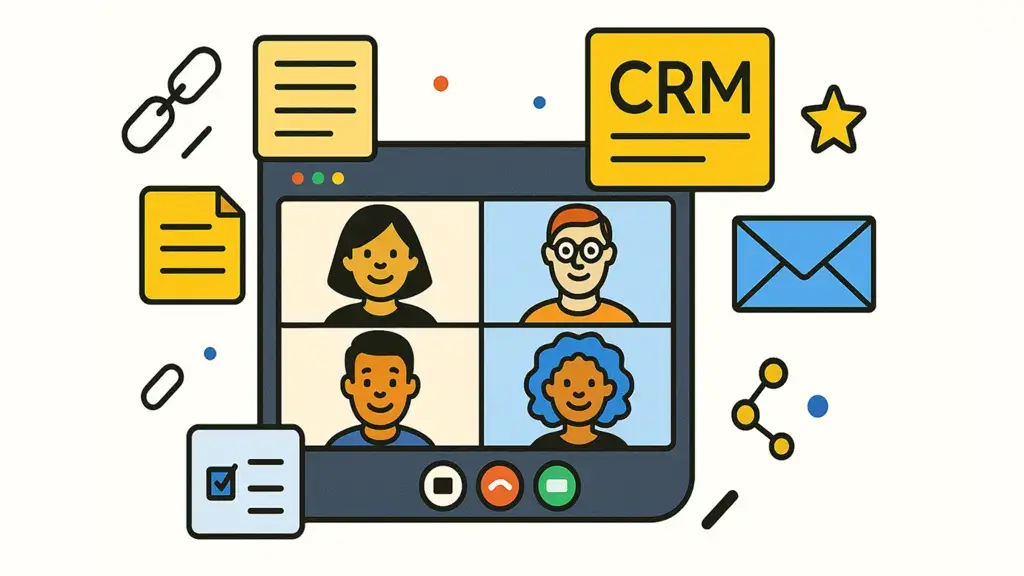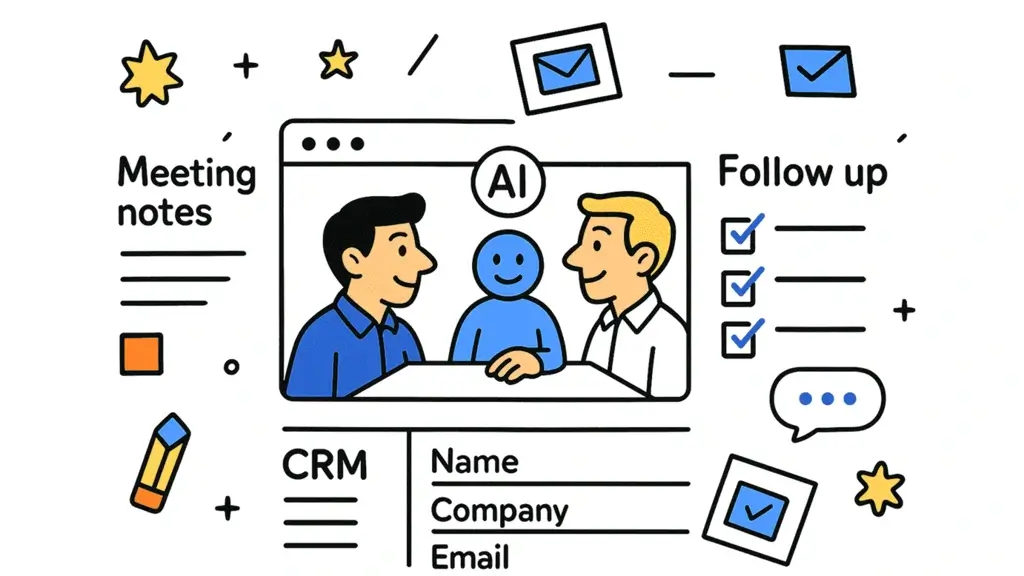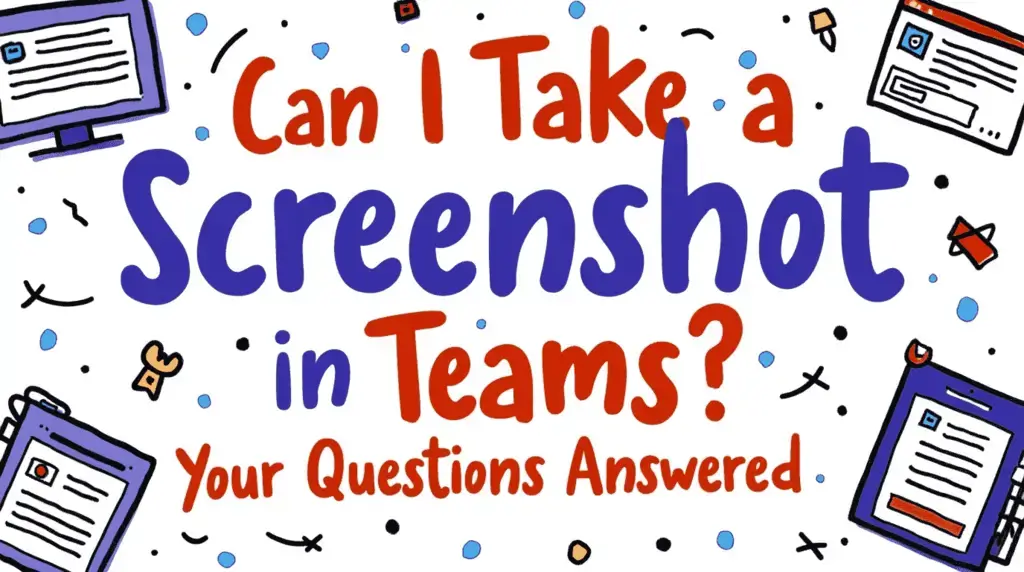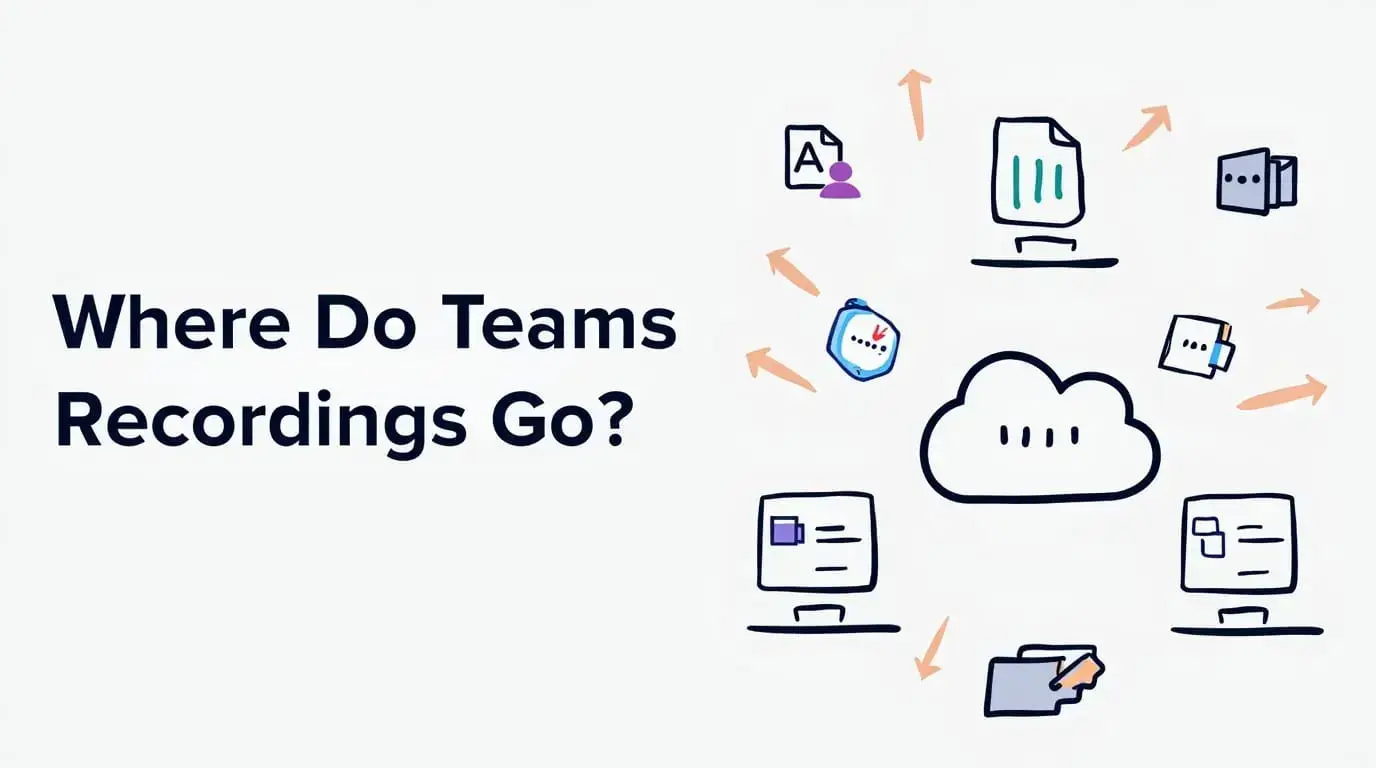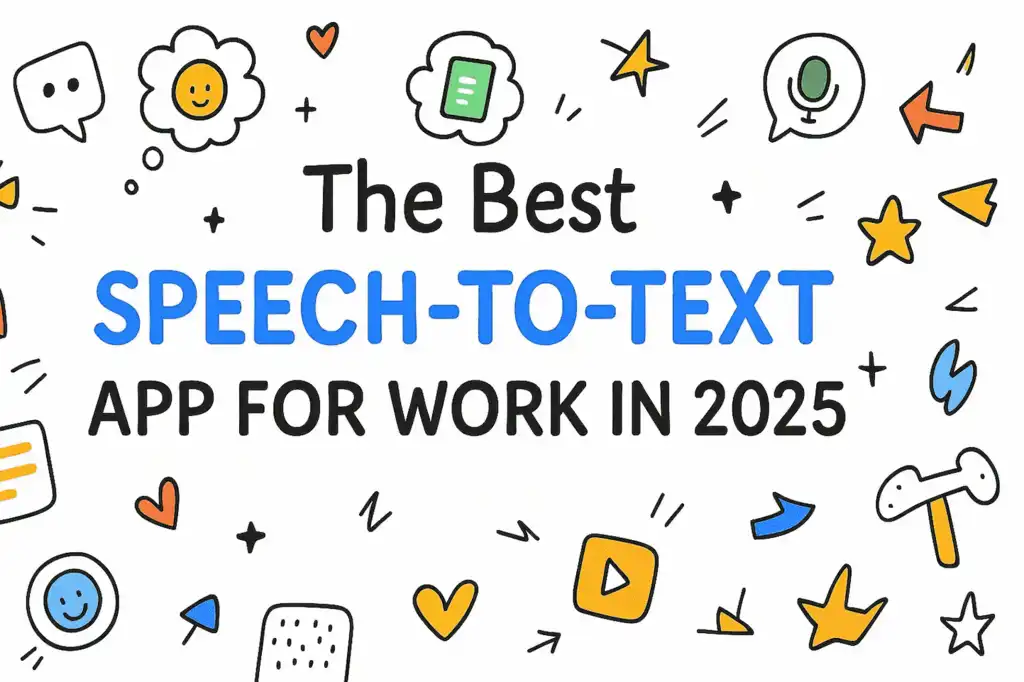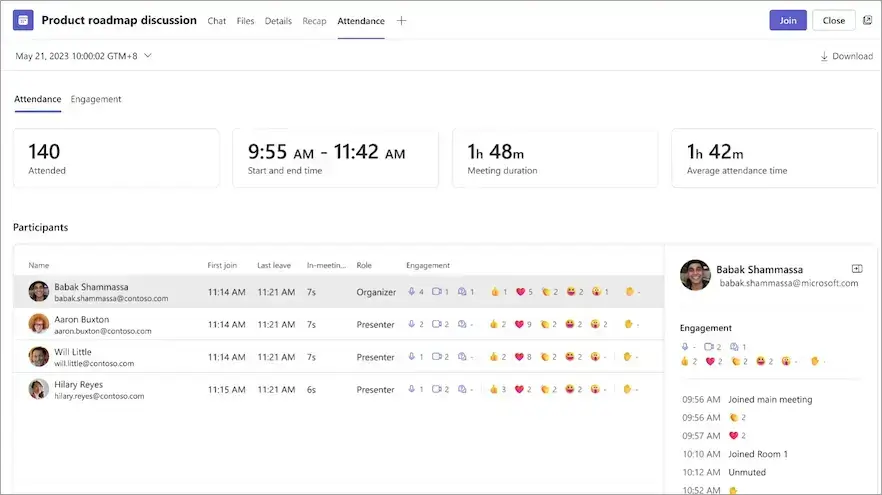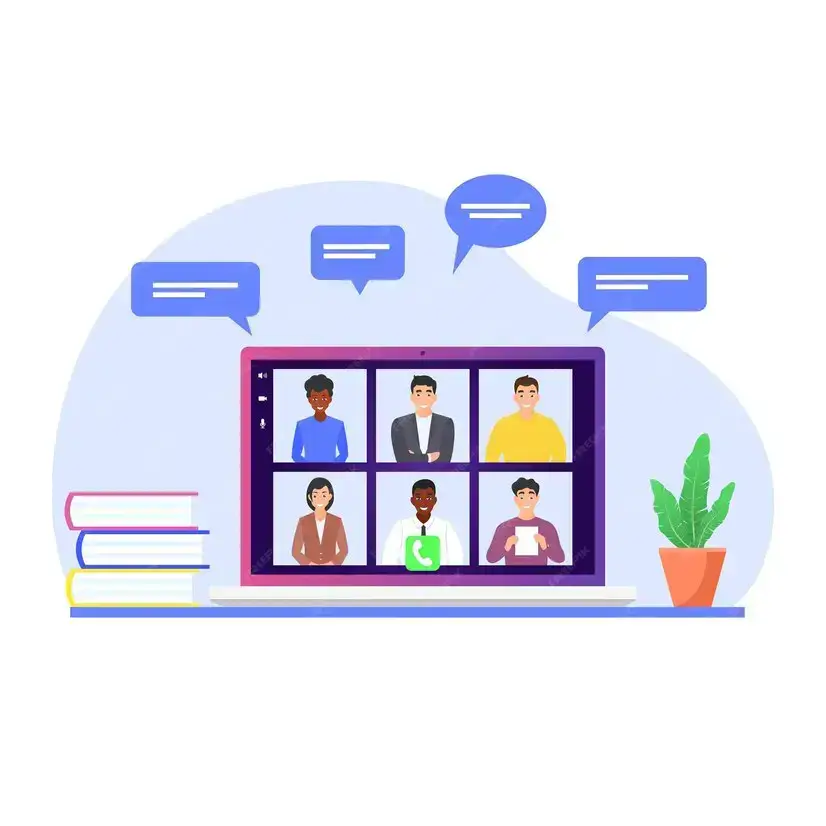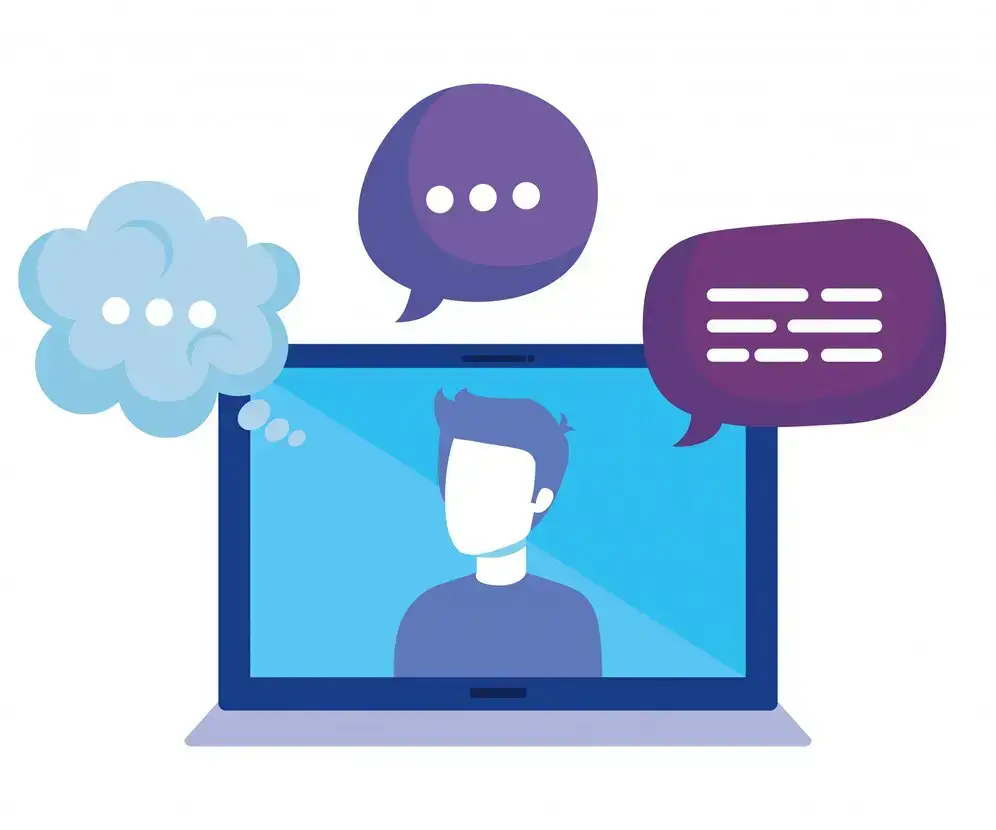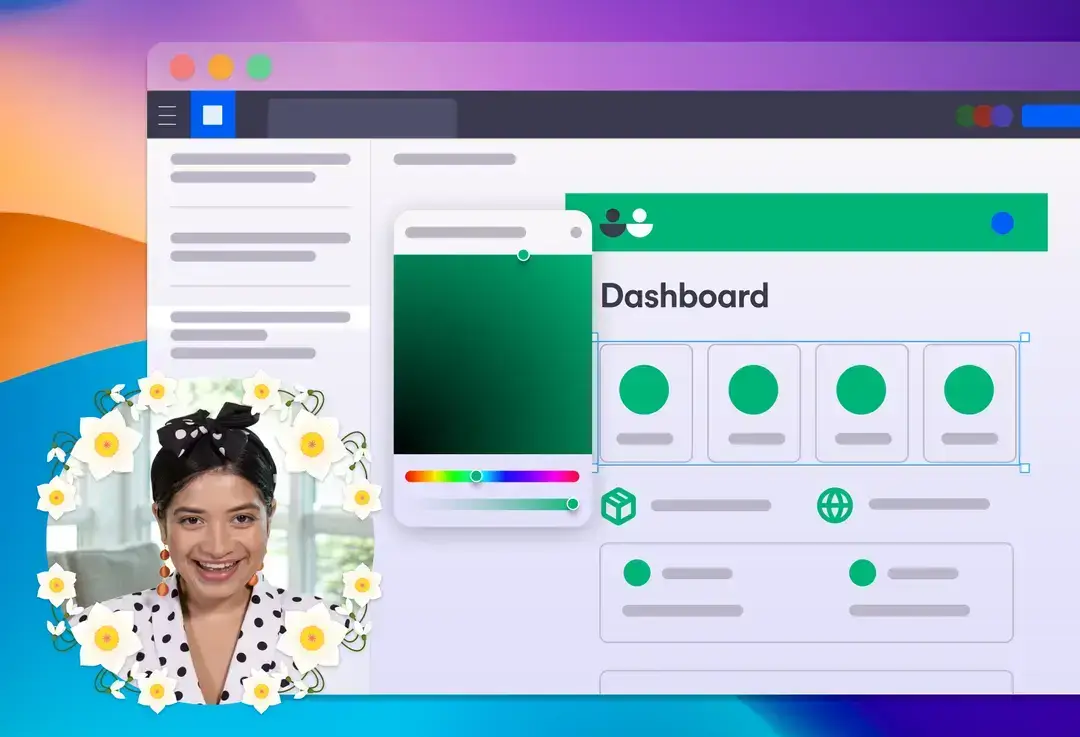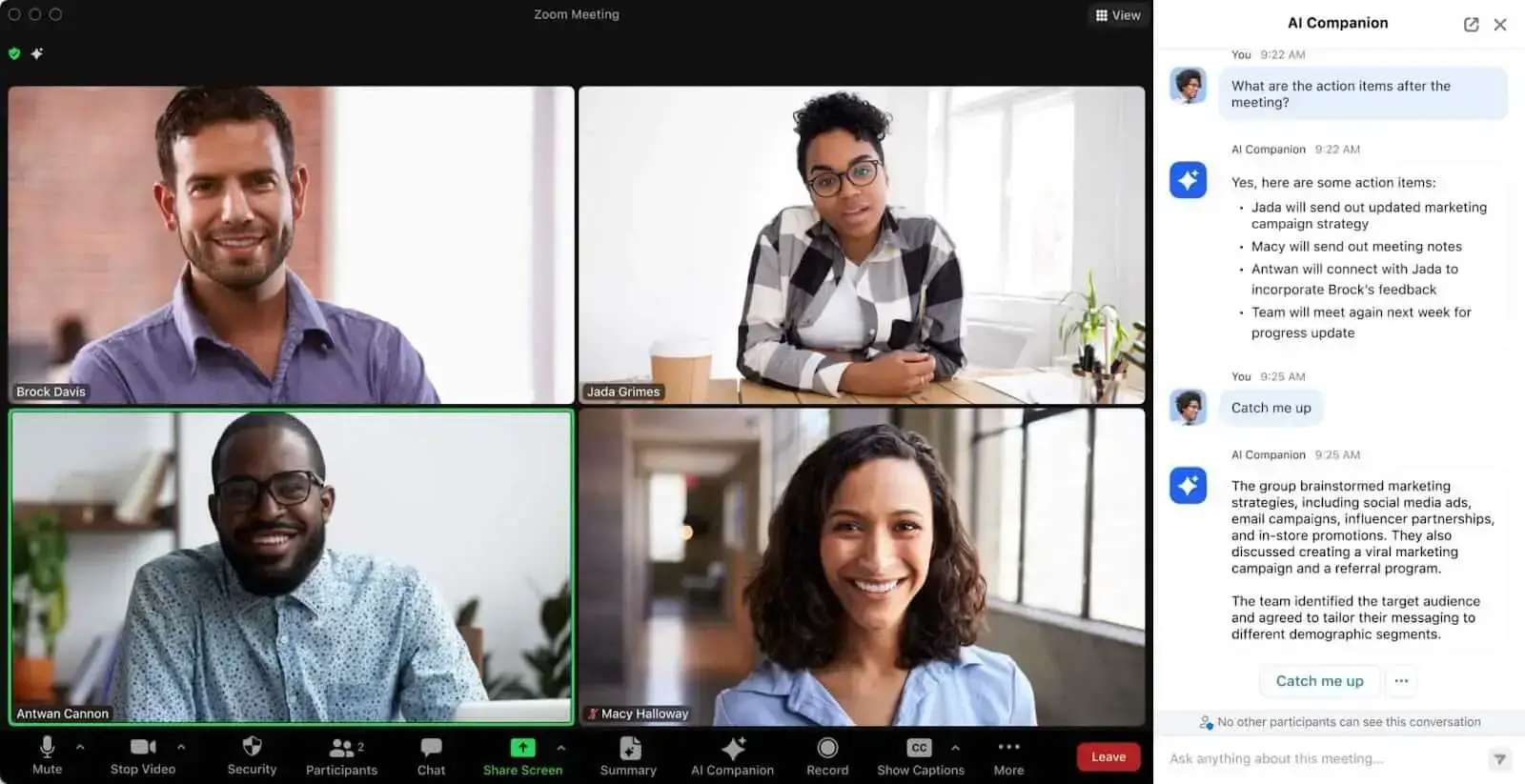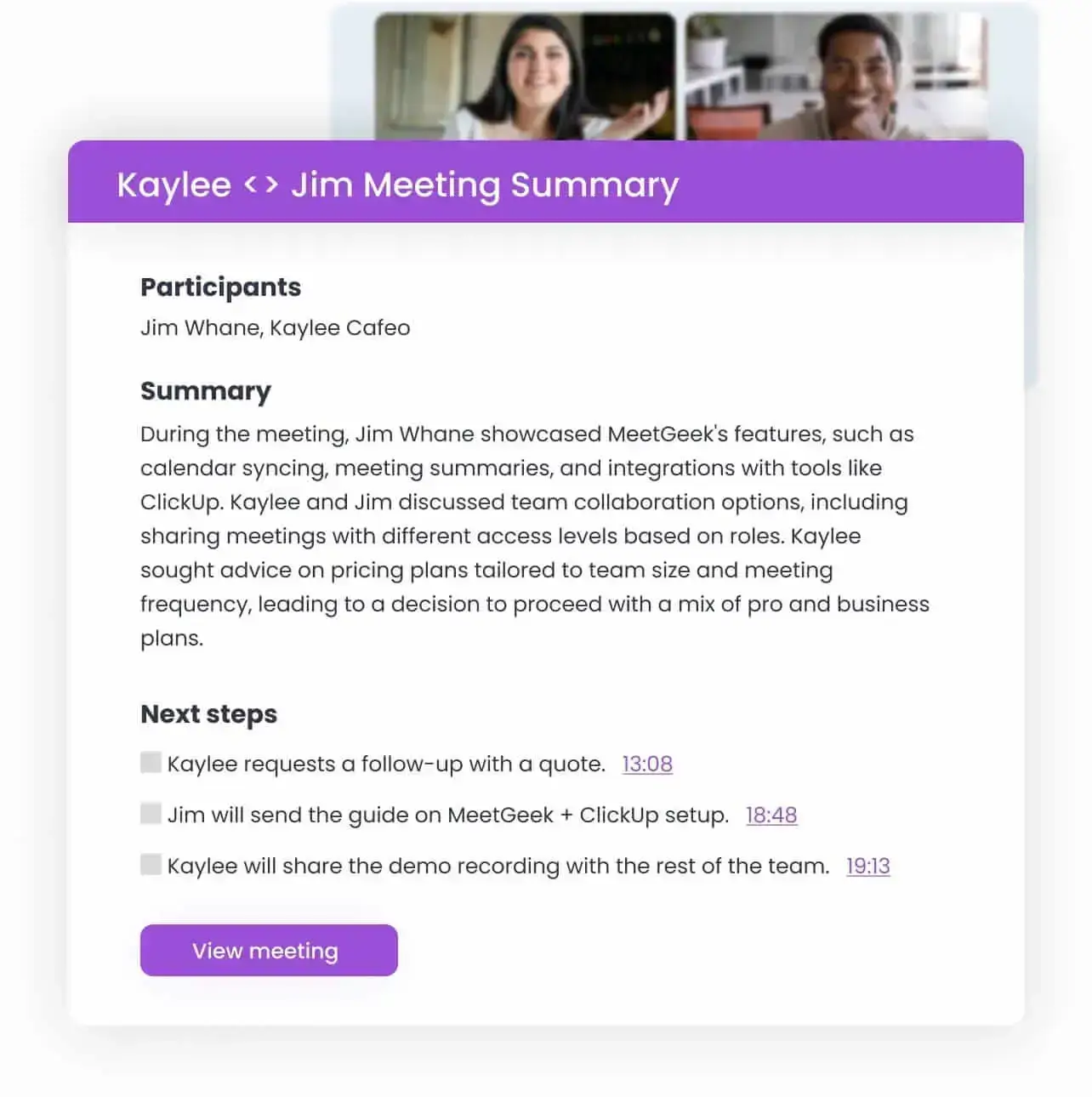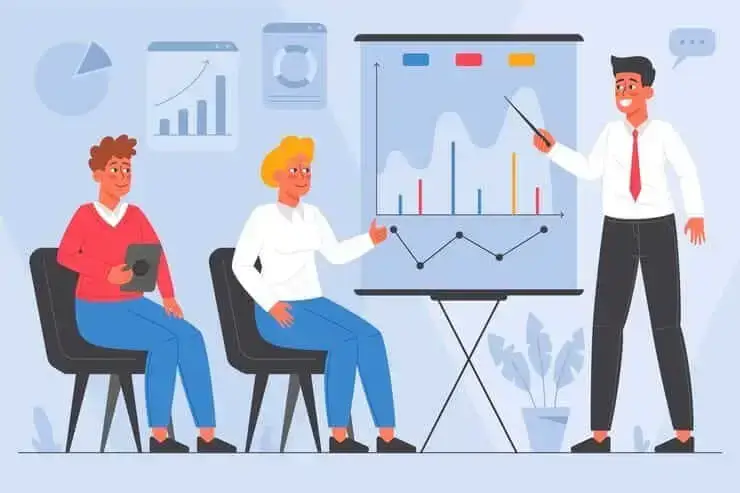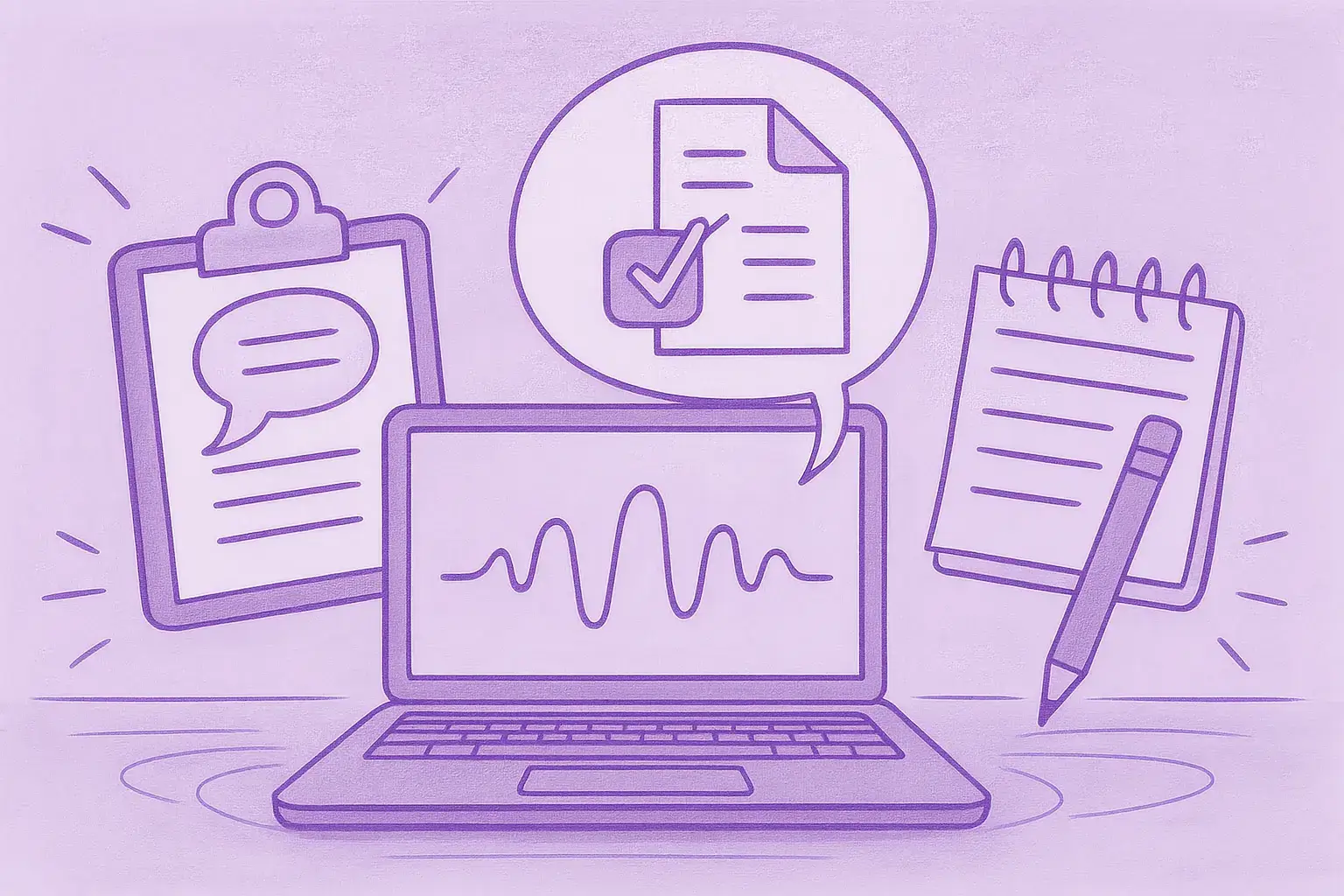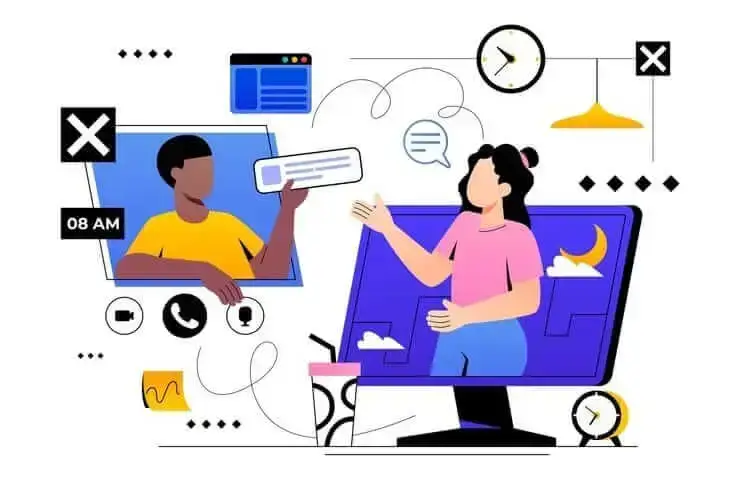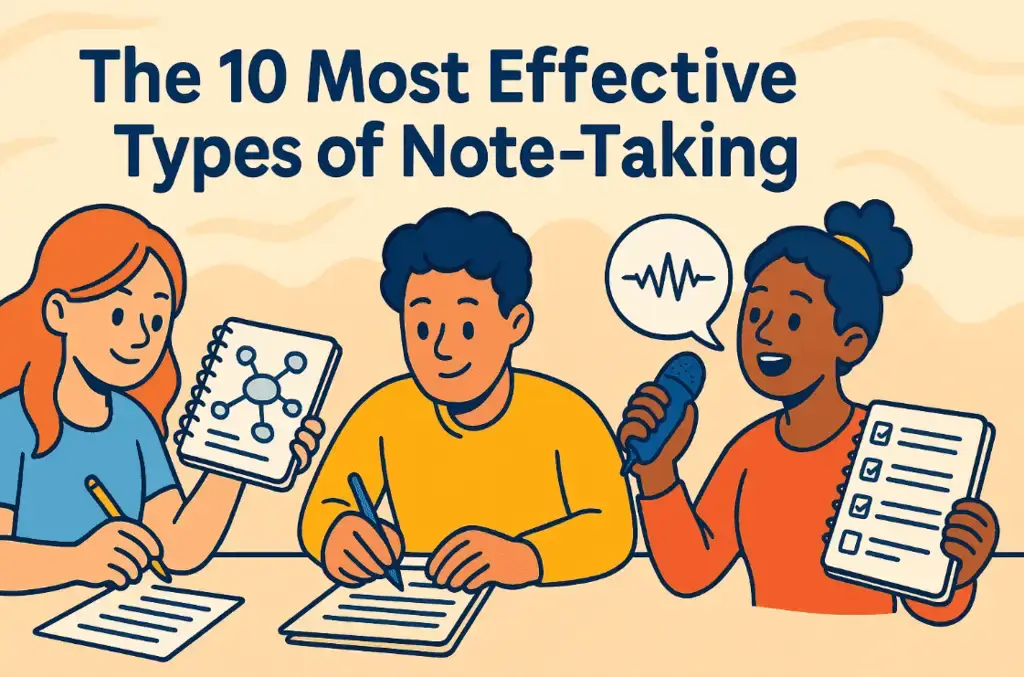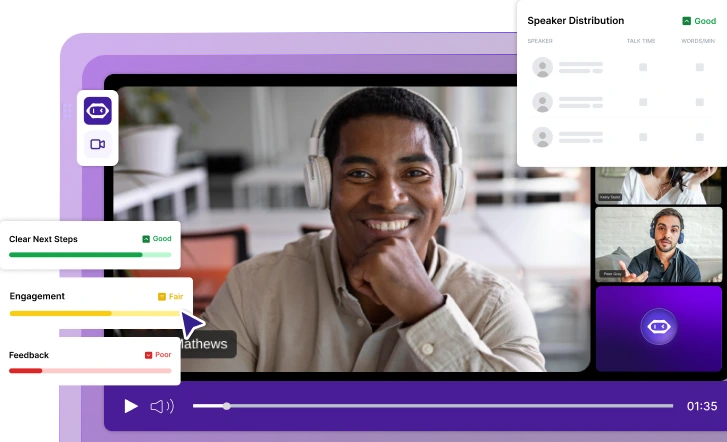What Is an Objective Summary and How to Write One For Your Meetings
Objective summaries are a must when you need key information from lengthy meetings. We’ll discuss all about them in this article!
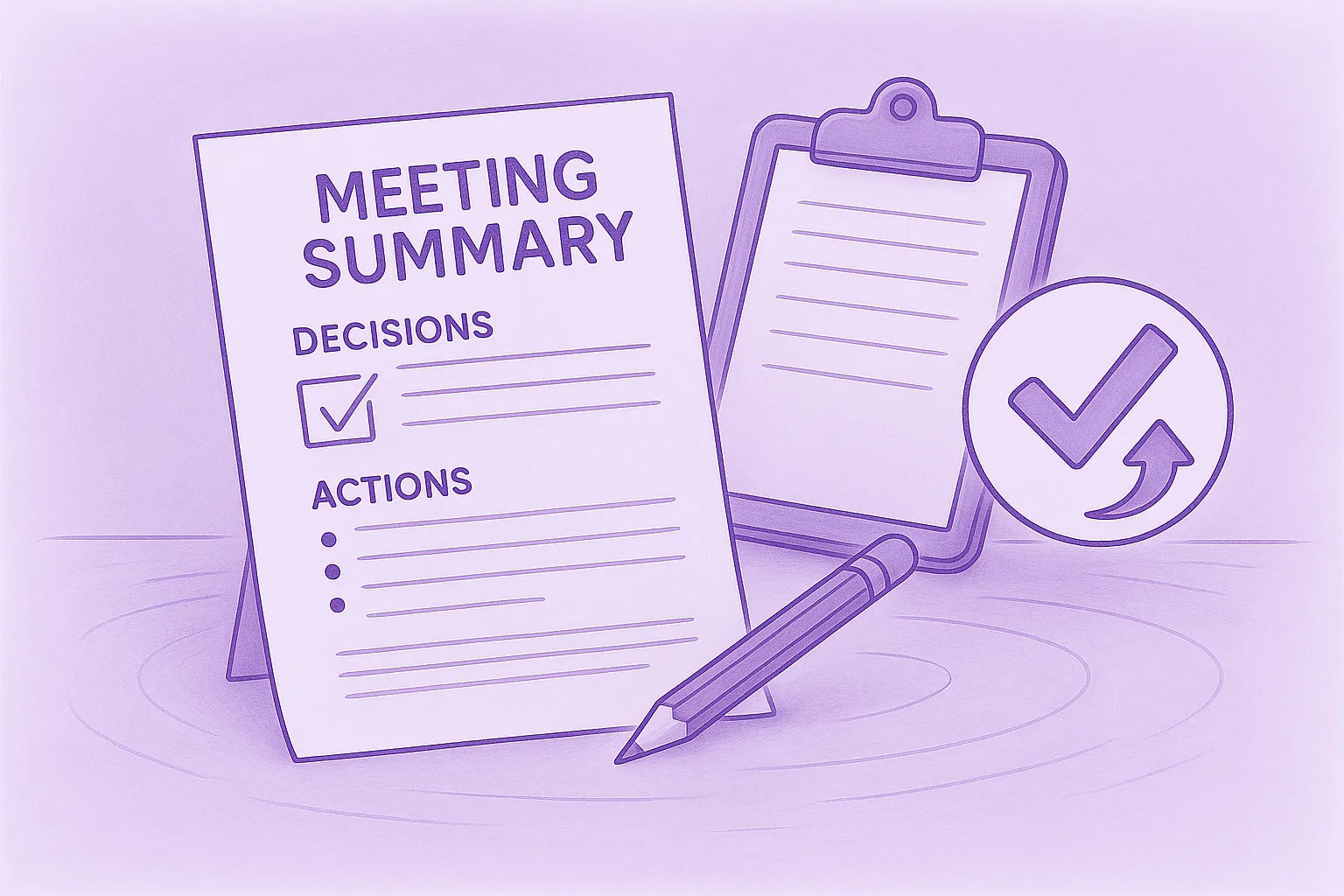
✅ Free meeting recording & transcription
💬 Automated sharing of insights to other tools.

Meetings generate countless hours of discussion, decisions, and action items that need to be captured accurately and shared efficiently. The challenge lies in creating summaries that are both comprehensive and unbiased, a task that becomes increasingly complex as meeting frequency and participant numbers grow.
An objective summary extracts the core thesis from a long document, press piece, video, or other original work. In the case of meetings, it serves as the bridge between lengthy discussions and actionable insights, providing stakeholders with the essential information they need without the noise of personal interpretations or unnecessary details.
This guide explores what makes an objective summary effective, provides step-by-step instructions for creating them, and demonstrates how modern AI tools can simplify this important business process.
What is an objective summary?
An objective summary is a concise, factual account of the main points from a source, whether it's a meeting, document, or presentation, presented without personal opinions, emotional language, or subjective interpretations. It’s often used by students or in professional settings.
Unlike subjective summaries that might include the writer's thoughts or feelings about the content, objective summaries focus exclusively on what was actually said or decided, maintaining a neutral tone throughout.
The main characteristics that define an effective objective summary include:
- Neutrality and impartiality: The summary presents information without bias, avoiding language that suggests approval, disapproval, or personal judgment. Instead of writing "The marketing team's brilliant strategy impressed everyone," an objective summary would state "The marketing team presented their strategy, which received positive feedback from attendees."
- Conciseness without sacrificing clarity: An objective summary typically represents 5-10% of the original content's length while maintaining all essential information. This requires careful selection of the most important points and elimination of redundant or tangential details; it can often be done in brief bullet points.
- Factual accuracy: Every statement in the summary must accurately reflect what was discussed or presented in the original text. This means avoiding writing in your own words in a way that changes the meaning or omitting context that could alter understanding.
- Logical organization: Information should be presented in a clear, structured manner that follows the flow of the original discussion or groups related topics and key takeaways together for better understanding.
The traditional approach to writing objective meeting summaries

Creating objective summaries means understanding how to turn anything into an unbiased statement without missing the essence of what is being described, whether it’s the central thesis of an article or a resume summary. That’s no different when it comes to extracting only the main ideas from a meeting, especially one that takes place in a professional setting.
Let’s look at the step-by-step for this particular scenario:
Step 1: Listen actively and take notes
The foundation of any good summary begins during the meeting itself. Effective note-taking involves being able to identify key themes, decisions, and action items while maintaining awareness of the meeting's overall structure and flow.
During the meeting, focus on capturing:
- What was agreed upon, approved, or rejected
- Specific tasks, responsible parties, and deadlines
- Main topics covered and significant viewpoints expressed
- Numbers, statistics, or measurable outcomes mentioned
- What happens after the meeting ends
Step 2: Do an immediate post-meeting review
The most effective summaries are created while the meeting is still fresh in memory. Immediately after the meeting ends, do a quick overview of your notes to fill in any gaps, clarify unclear points, and organize the information logically.
This review and edit process should:
- Expand any abbreviated notes that might be unclear later
- Group related discussion points together
- Distinguish between essential points and supporting details based on importance
- Mark areas where additional clarification might be needed
Step 3: Structure the summary
A well-organized objective summary follows a logical structure that makes information easy to find and understand. The specific format may vary depending on organizational preferences
Most effective meeting summaries include:
- Date, time, attendees, and purpose of the meeting
- What was decided, approved, or resolved
- Specific tasks with assigned owners and deadlines
- Main topics covered and significant points raised
- Follow-up meetings, deadlines, or ongoing processes
Step 4: Start the objective writing process
The actual writing process requires careful attention to language and a professional tone.
Objective summaries should:
- Avoid words that convey emotion, judgment, or personal opinion. Instead of "John was frustrated with the delay," write an objective statement like "John expressed concerns about the timeline."
- Include what was said, decided, or agreed upon, not interpretations of why or how people felt about it.
- Typically, meeting summaries use the past tense to describe what happened during the meeting.
- Clearly state who is responsible for what and when it needs to be completed.
PRO TIP: To avoid adding any of your personal input in a summary, try to state what was discussed in as few words as possible. This way, you avoid adding emotional parts or unnecessary interpretations, and instead keep the focus on key details.
Step 5: Review and refine
Before distributing the summary, conduct a thorough review to ensure accuracy, completeness, and objectivity.
This review should:
- Verify that all information correctly represents what was discussed
- Ensure all major points, decisions, and action items are included
- Confirm that the summary can be understood by someone who wasn't in the meeting
- Remove any language that could be interpreted as biased or subjective
Common challenges with manual meeting summaries
Manually writing meeting summaries can work, but it often creates problems that affect both quality and efficiency. One major challenge is time. Writing detailed, objective summaries takes a lot of effort, especially for teams that meet often. When this responsibility falls on senior staff, it can take them away from more important strategic work.
Another issue is inconsistency. Different people take notes in different ways, which means the format, tone, and level of detail can vary a lot. This makes it harder for others to quickly understand what was discussed or decided during a meeting and extract just the facts.
Bias is also a concern. Even without meaning to, note-takers can highlight certain points they personally found important or overlook things they disagreed with. As a result, the final summary might not reflect the full picture and the true core message.
Fast-moving conversations bring another challenge. When meetings involve many speakers, quick exchanges, or technical discussions, it’s easy to miss important details while trying to keep up with notes.
Finally, there’s the delay. Manual summaries often take time to write and review, which means team members might not get the information they need until hours, or even days, later. This slows down projects and reduces the impact of tasks that require immediate follow-up.
How AI tools enhance objective meeting summaries
Modern AI meeting assistants address many of the problems with manual note-taking by transcribing, analyzing, and summarizing meetings automatically. Here's what makes them more effective:
- Removes human bias: AI tools process everything objectively, without personal filters or selective memory. This helps ensure all voices are represented fairly.
- Captures the full conversation: Unlike manual note-takers who might miss things while typing, AI records every word, even in fast, complex discussions, making sure you don’t accidentally miss an important element.
- Delivers consistent output: AI-generated summaries follow the same format every time, making it easier for teams to read, share, and act on meeting content, as well as grasp the main thesis.
- Saves time with instant summaries: There’s no waiting, as summaries are available within minutes after the meeting ends, helping teams move forward faster.
Create objective summaries with MeetGeek
If you're aiming for accurate and unbiased meeting documentation, MeetGeek offers one of the most reliable solutions available today. It uses advanced AI to transcribe and summarize meetings with clarity, consistency, and minimal human input.
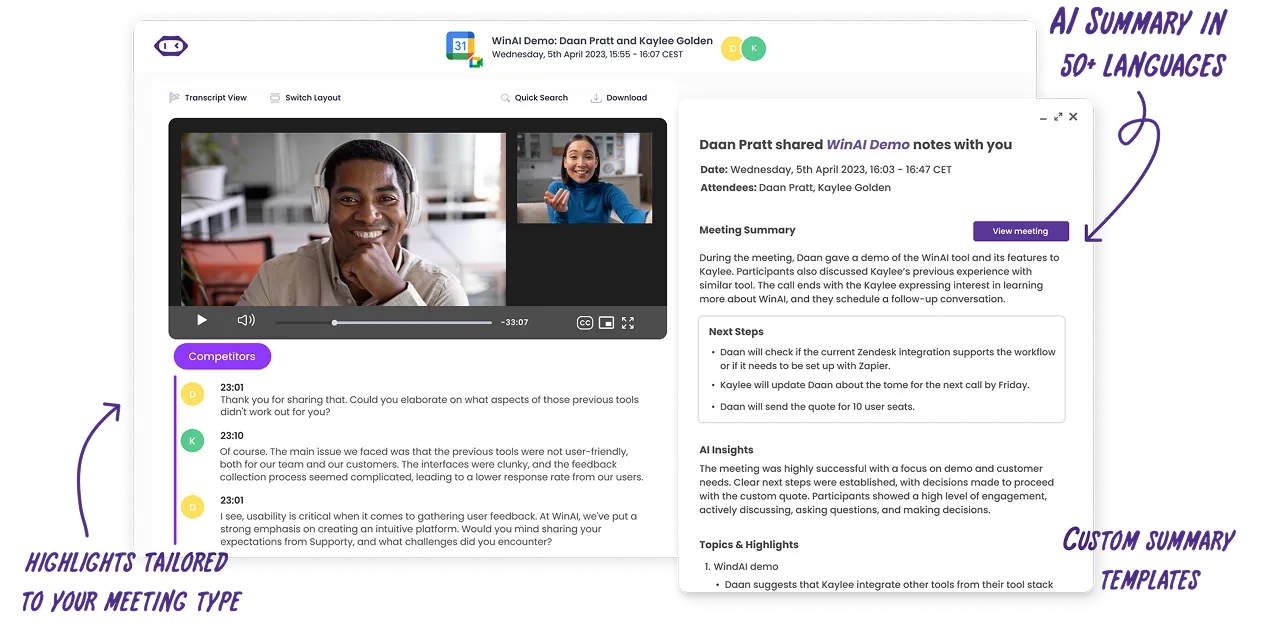
Here’s what makes it a top choice:
- Uses AI to deliver consistent, objective meeting summaries without human interpretation or bias
- Offers high transcription accuracy, even in complex or technical conversations with multiple speakers
- Includes a mobile app that captures in-person meetings and provides the same insights as online ones
- Works across platforms like Zoom, Google Meet, Microsoft Teams, Webex, and Discord via the Chrome extension
- Allows you to record meetings automatically, no host permissions required
- Generates summaries with key points, action items, and speaker labels within minutes
- Integrates with over 8,000 tools, including Notion, HubSpot, Slack, and task managers
- Makes it easy to send summaries and insights directly into your team’s workflow without extra manual effort
Best practices for objective meeting summaries
Whether created manually or with AI assistance, effective objective meeting summaries follow certain best practices that ensure they serve their intended purpose of clear, unbiased communication.
1. Focus on outcomes and decisions
The most valuable part of any meeting summary is what was decided and the actions that follow. Your summary should begin with clear decision statements. Use definitive language. For example, say "The team decided to extend the project deadline to March 15th" instead of "The team discussed possibly changing the deadline."
Action items should be specific and assign responsibility. For instance, "Sarah will update the client proposal by Friday, January 20th" is far more actionable than a vague task like "Sarah will work on the proposal." It also helps to include just enough context to explain why a decision was made, but avoid diving too deeply into the discussion itself.
2. Maintain consistent formatting
Consistency in formatting ensures that summaries are easy to read and navigate. Consider using a structured template that always includes the same section headings, a uniform style for presenting tasks, owners, and deadlines, and a clear visual hierarchy through headings, spacing, or indentation. Start each summary with key meeting details such as the date and participant list to make it easy to locate and reference.
3. Use precise, professional language
Objective summaries require language that is clear, professional, and unambiguous. Emotional or overly positive language should be avoided. Say "The proposal was well-received" rather than "Everyone loved the proposal." Be specific about dates, figures, and deadlines instead of using vague terms like "soon" or "many."
Use an active voice whenever possible. For example, "The marketing team will launch the campaign" is clearer than "The campaign will be launched by the marketing team." If your summary includes acronyms or technical terms, define them to ensure clarity for readers who weren’t present.
4. Verify accuracy before sharing
Even with the support of AI transcription tools, human review is essential. Double-check key points by listening to the meeting recording if it’s available. Confirm assigned action items with the individuals responsible to avoid misunderstandings.
Review your summary to ensure all important decisions and discussions are included, and evaluate whether the information is clear enough for someone who didn’t attend the meeting to fully understand it.
Objective summary examples for meetings
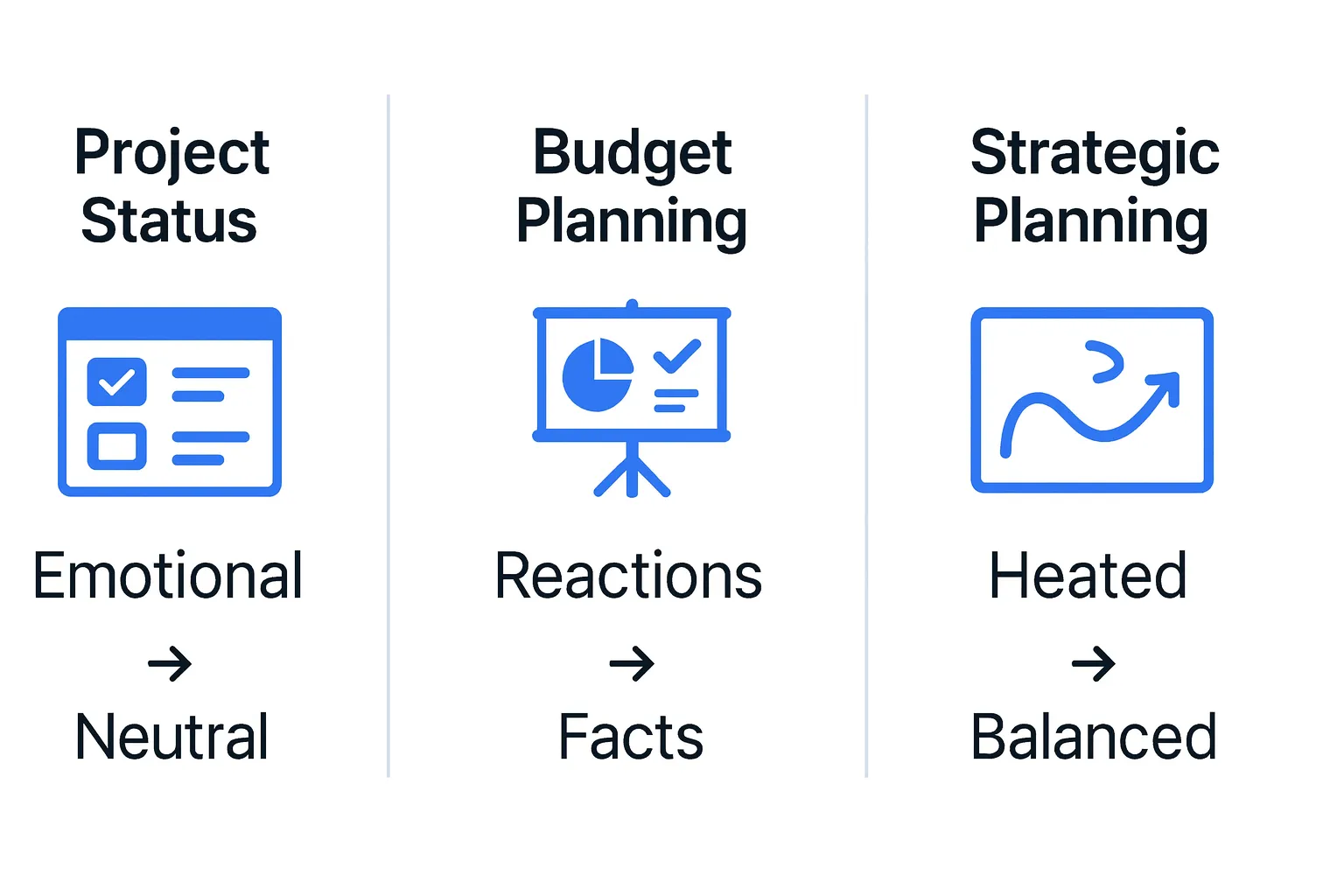
Understanding what makes an objective summary effective is easier when you can see concrete examples. The following examples demonstrate how to transform meeting discussions into clear, unbiased summaries that serve their intended purpose.
Example 1: Project status meeting
Meeting context: Weekly project status meeting for a software development team
Original discussion excerpt: "Sarah seemed really frustrated when she talked about the backend delays. She said the API integration is taking way longer than expected because the third-party documentation is terrible. Mike jumped in and said his team could help, but Sarah didn't seem too enthusiastic about that idea. The client is going to be upset if we miss another deadline."
Objective summary version: "Sarah reported that API integration is behind schedule due to incomplete third-party documentation. The backend development timeline will extend beyond the original estimate. Mike offered additional development resources from his team to assist with the integration. The team discussed potential impact on client deliverables and agreed to reassess the project timeline by Friday."
Key improvements: The objective version removes emotional language ("frustrated," "terrible," "upset"), focuses on facts rather than interpretations, and presents the information in a neutral tone while maintaining all essential details.
Example 2: Budget planning meeting
Meeting context: Quarterly budget review with department heads
Original discussion excerpt: "Everyone was shocked when Finance announced the budget cuts. The marketing team was obviously panicking about their campaigns, and HR looked worried about hiring freezes. The CEO tried to reassure everyone, but you could tell people weren't buying it."
Objective summary version: "Finance announced a 15% budget reduction across all departments for Q2. Marketing requested clarification on campaign funding priorities. HR inquired about the impact on planned hiring. The CEO outlined the rationale for budget adjustments and committed to providing department-specific guidance by next Tuesday."
Key improvements: The objective version replaces emotional interpretations with factual statements, includes specific numbers where available, and focuses on what was said and decided rather than speculating about people's reactions.
Example 3: Strategic planning session
Meeting context: Annual strategic planning meeting with senior leadership
Original discussion excerpt: "The discussion about expanding into new markets got pretty heated. Some people thought it was too risky, while others were pushing hard for aggressive growth. The CFO kept bringing up cash flow concerns, which seemed to annoy the sales director. Eventually, they agreed to do more research, but you could tell not everyone was happy with that compromise."
Objective summary version: "The leadership team discussed market expansion opportunities. Concerns were raised about financial risk and cash flow impact. The sales team advocated for accelerated growth targets, while finance recommended a more conservative approach. The team agreed to commission a market analysis study to inform the final decision, with results expected by month-end."
Key improvements: The objective version eliminates judgmental language about the discussion being "heated" or people being "annoyed," presents different viewpoints neutrally, and focuses on the actual outcome rather than speculating about satisfaction levels.
Create better objective summaries for your meetings
Objective meeting summaries turn conversations into clear, actionable insights, but creating them manually can be time-consuming, inconsistent, and prone to bias. AI-powered tools like MeetGeek simplify this process by delivering accurate, impartial summaries fast.
MeetGeek’s smart AI transcribes and analyzes every word, removes subjective interpretation, and captures all decisions and action items across online and in-person meetings. With a powerful mobile app, Chrome extension, and 7,000+ integrations, MeetGeek helps teams stay aligned, no matter where or how they meet.
Ready to improve your meeting documentation? Try MeetGeek for free and turn every meeting into a reliable source of truth.
Frequently asked questions
How should I start an objective summary?
Start an objective summary with a strong opening sentence that clearly states the purpose, topic, or outcome of the meeting or source material. This sets the stage for readers by establishing what the summary will cover without including personal opinions or emotional language. Keeping a professional tone from the very first line helps maintain objectivity and clarity throughout.
What are the key parts of an objective summary?
An effective objective summary includes three main components: a clear overview of the topic, a concise breakdown of the main points or decisions, and any relevant action items or follow-ups. These parts should directly relate to what was actually discussed or decided, without interpretation or bias.
Do objective summaries have conclusions?
Objective summaries do not require formal conclusions, but they often end with a brief recap of key takeaways or next steps. This can be one sentence that can reinforce decisions made or tasks assigned while helping readers retain the most important information.
How can objective summaries help in remote work settings?
In remote work environments, objective summaries are a game-changer for team communication. When people are working remotely, it’s easy to miss details or forget decisions made in virtual meetings. A clear, unbiased summary ensures everyone stays on the same page, regardless of time zone or location, and helps create a reliable record of what was said and agreed upon.
.avif)









